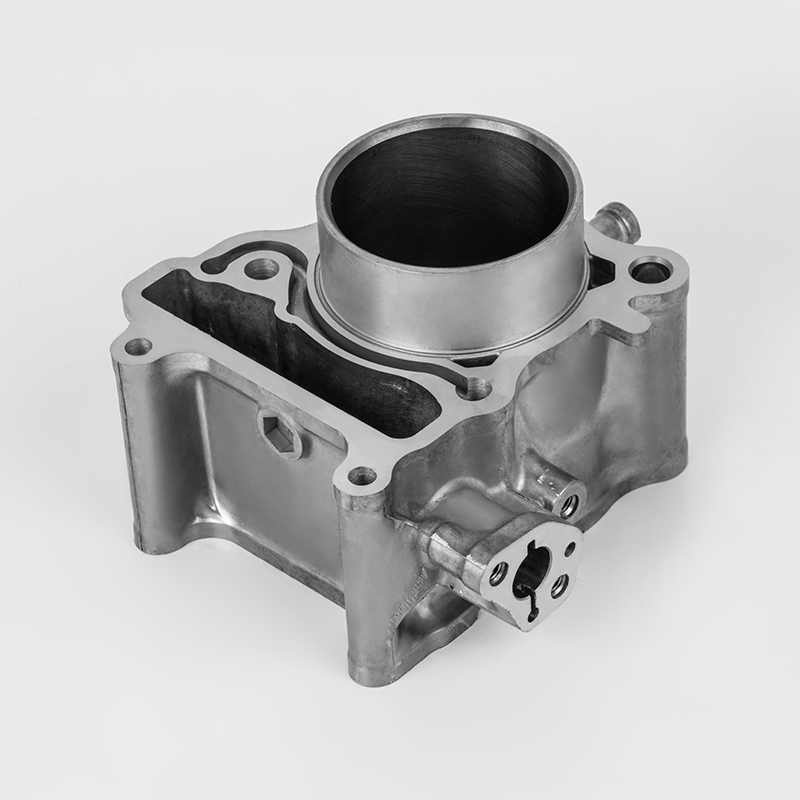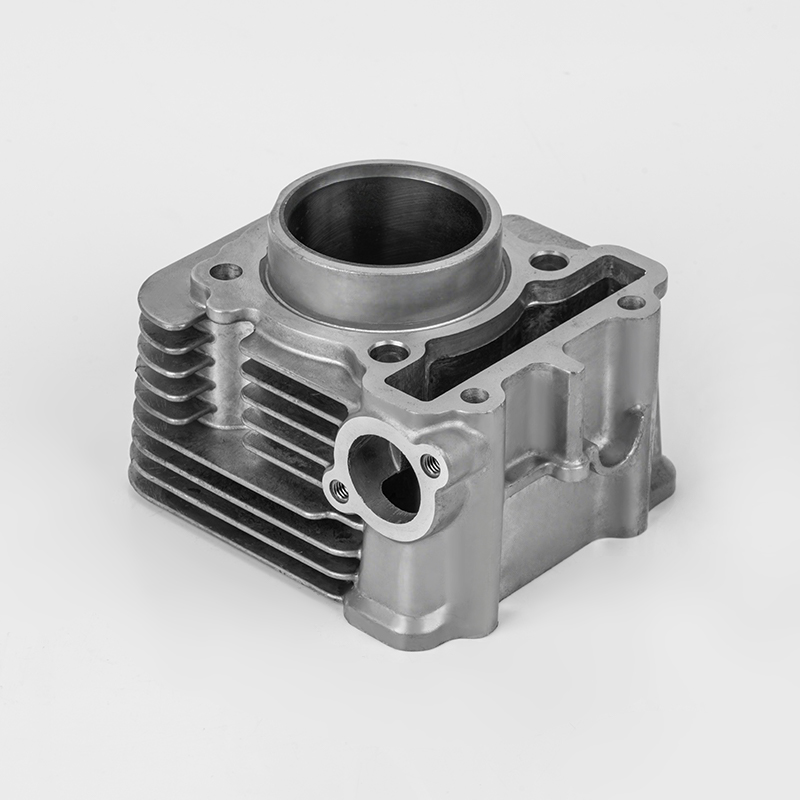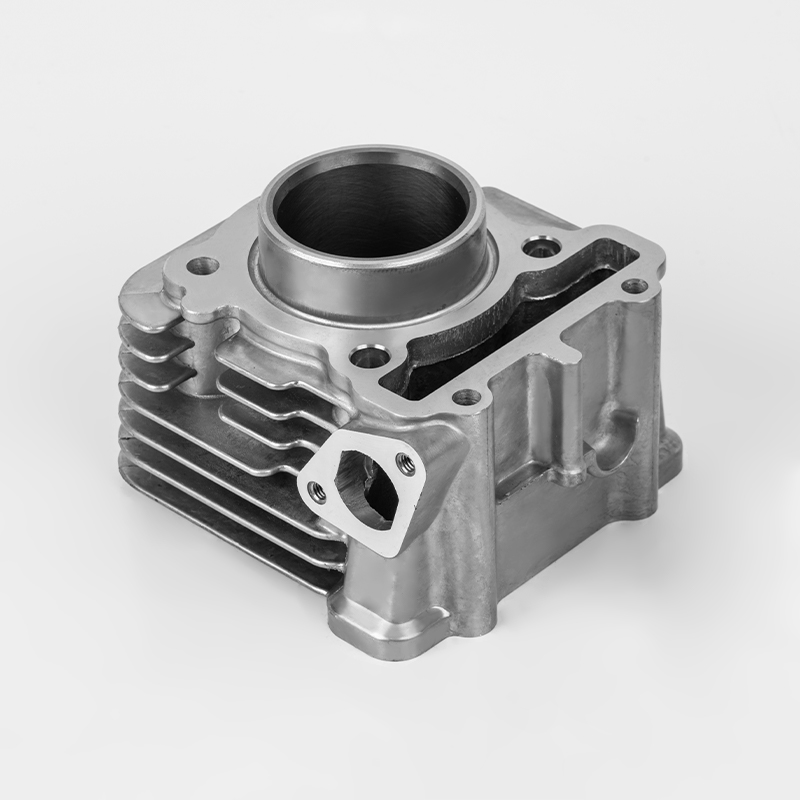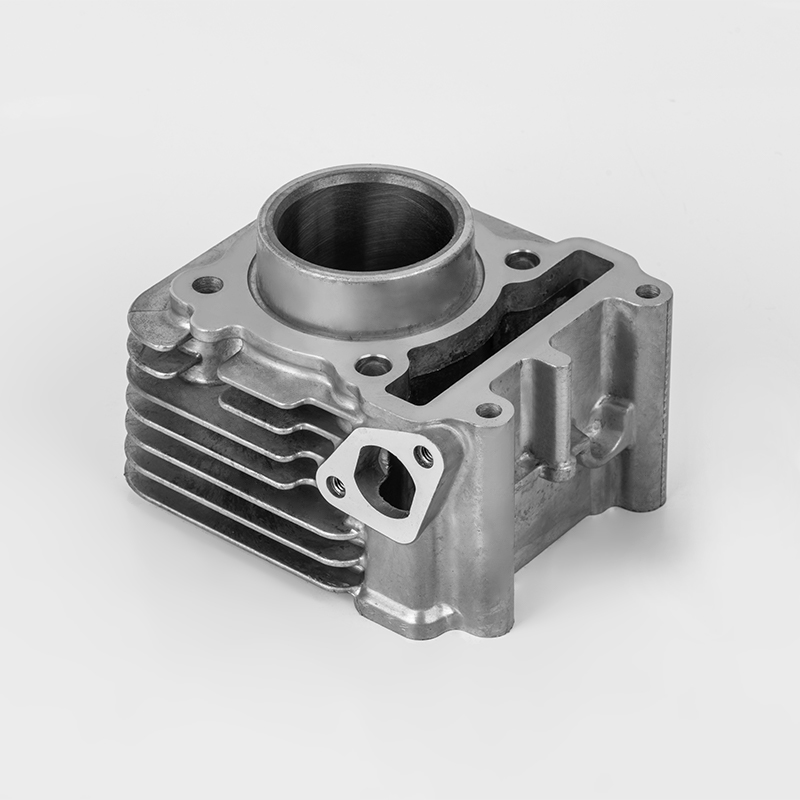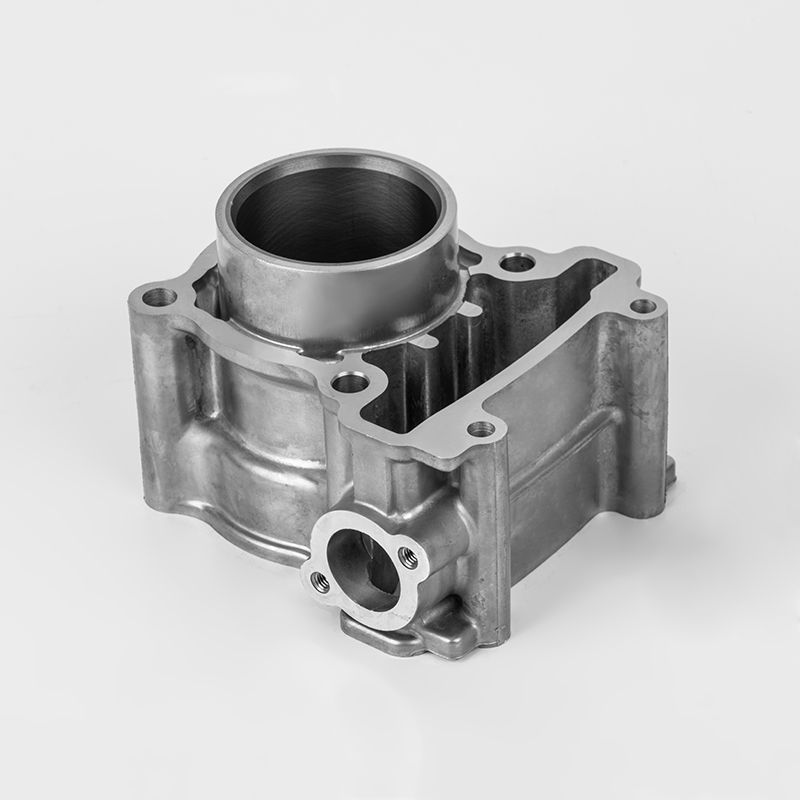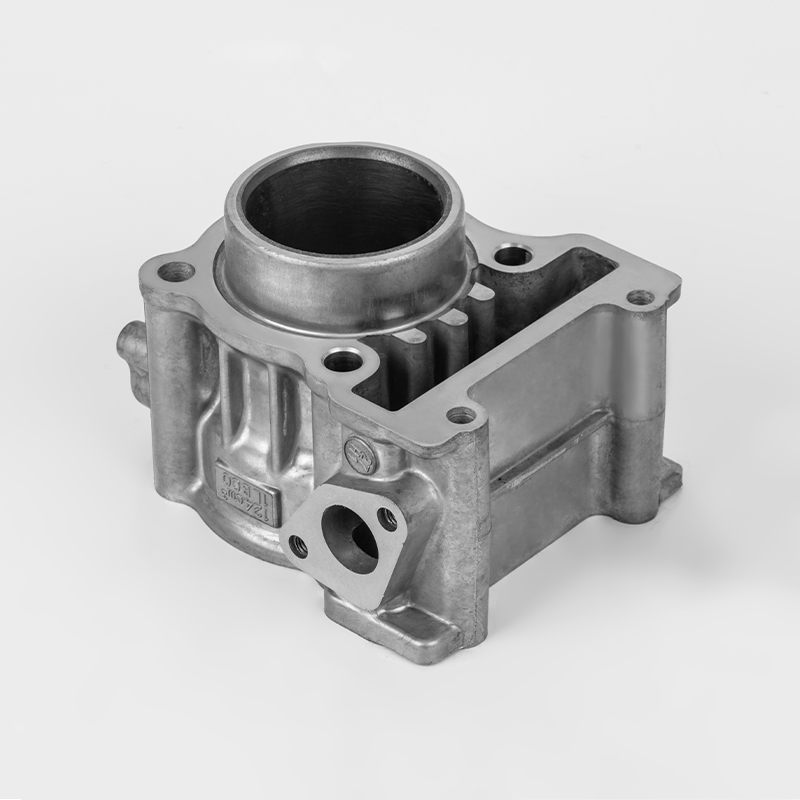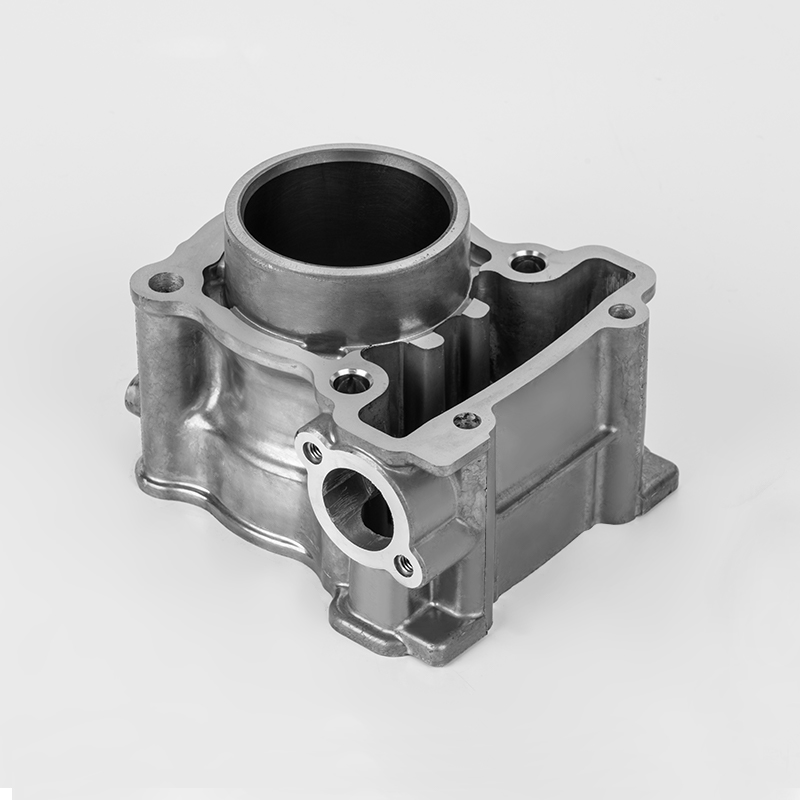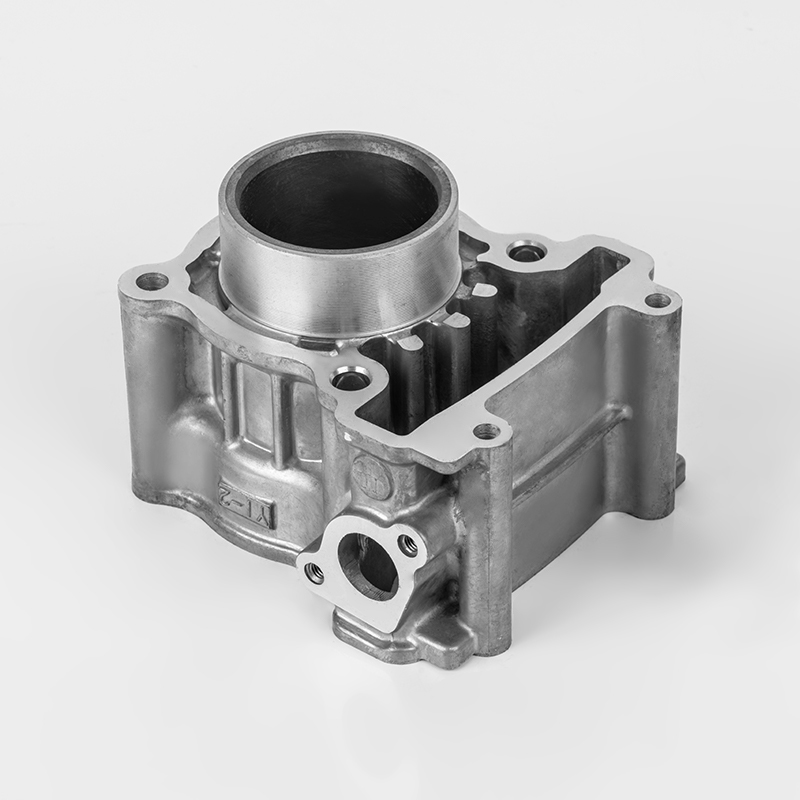A motorcycle cylinder is the chamber where fuel energy transforms into mechanical motion. Here's how it works, step by step:
▸Intake Stroke
The piston moves downward, creating suction.
Intake valves open, pulling a mix of air and fuel into the cylinder.
▸Compression Stroke
Valves close tightly, sealing the cylinder.
The piston moves upward, compressing the air-fuel mixture into a smaller space.
▸Power Stroke (Combustion)
Near the piston’s peak upward position, the spark plug ignites the compressed mixture.
Rapid combustion creates high-pressure gases that force the piston downward violently.
This downward thrust converts chemical energy into mechanical motion.
▸Exhaust Stroke
Exhaust valves open as the piston rises again.
Burnt gases are pushed out through the exhaust system.
The cycle repeats for continuous power.
| Stage | Action in the Cylinder |
| Intake Stroke | • Piston moves downward, creating vacuum.• Intake valve opens, drawing air-fuel mix into cylinder. |
| Compression Stroke | • Intake/exhaust valves close, sealing cylinder.• Piston moves upward, squeezing air-fuel mix. |
| Power Stroke | • Spark plug ignites compressed mix.• Explosion forces piston down violently.• Chemical energy converts to mechanical motion. |
| Exhaust Stroke | • Exhaust valve opens.• Piston moves upward, pushing burnt gases out. |
| Heat Management | • Fins (air-cooled) or coolant passages (liquid-cooled) absorb combustion heat. |
| Friction Control | • Hard cylinder coatings/liners reduce wear from piston rings moving at high speed. |
| Sealing | • Piston rings maintain tight seal against cylinder walls to contain pressure and gases. |

 English
English Español
Español عربى
عربى

